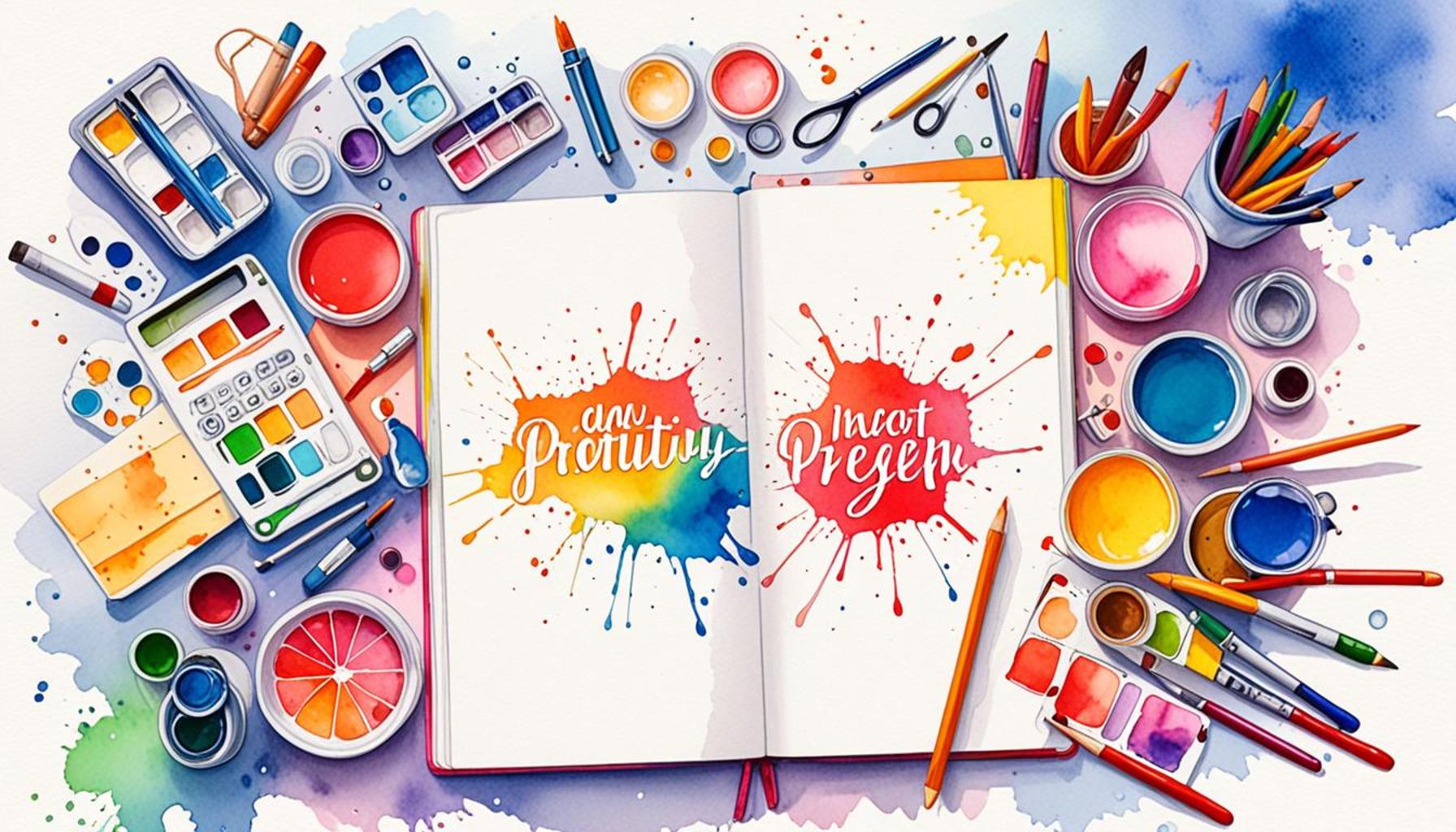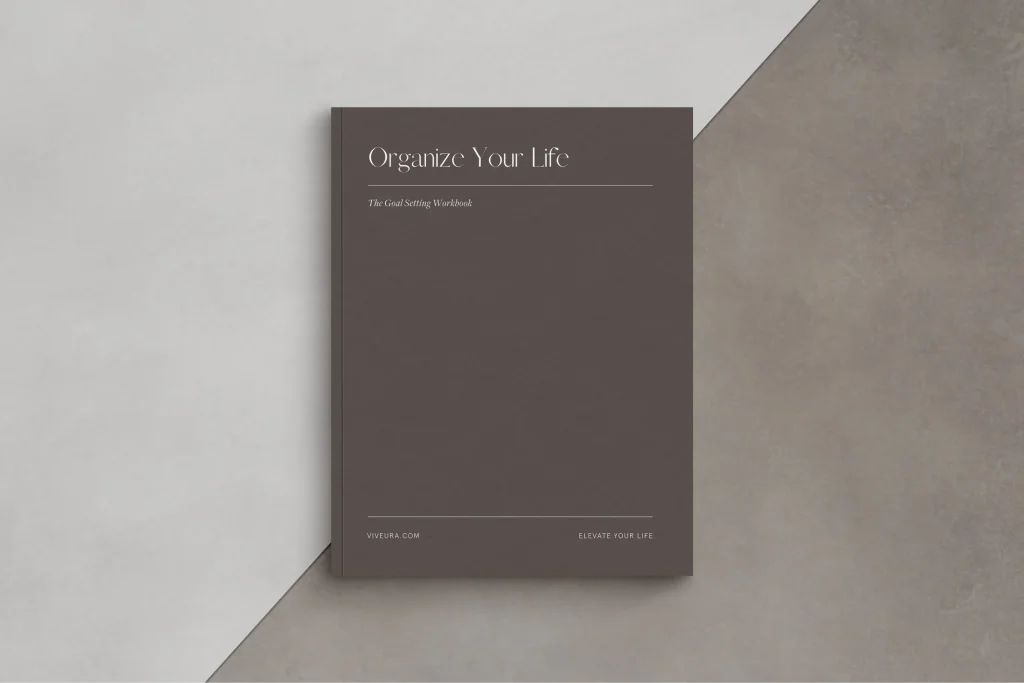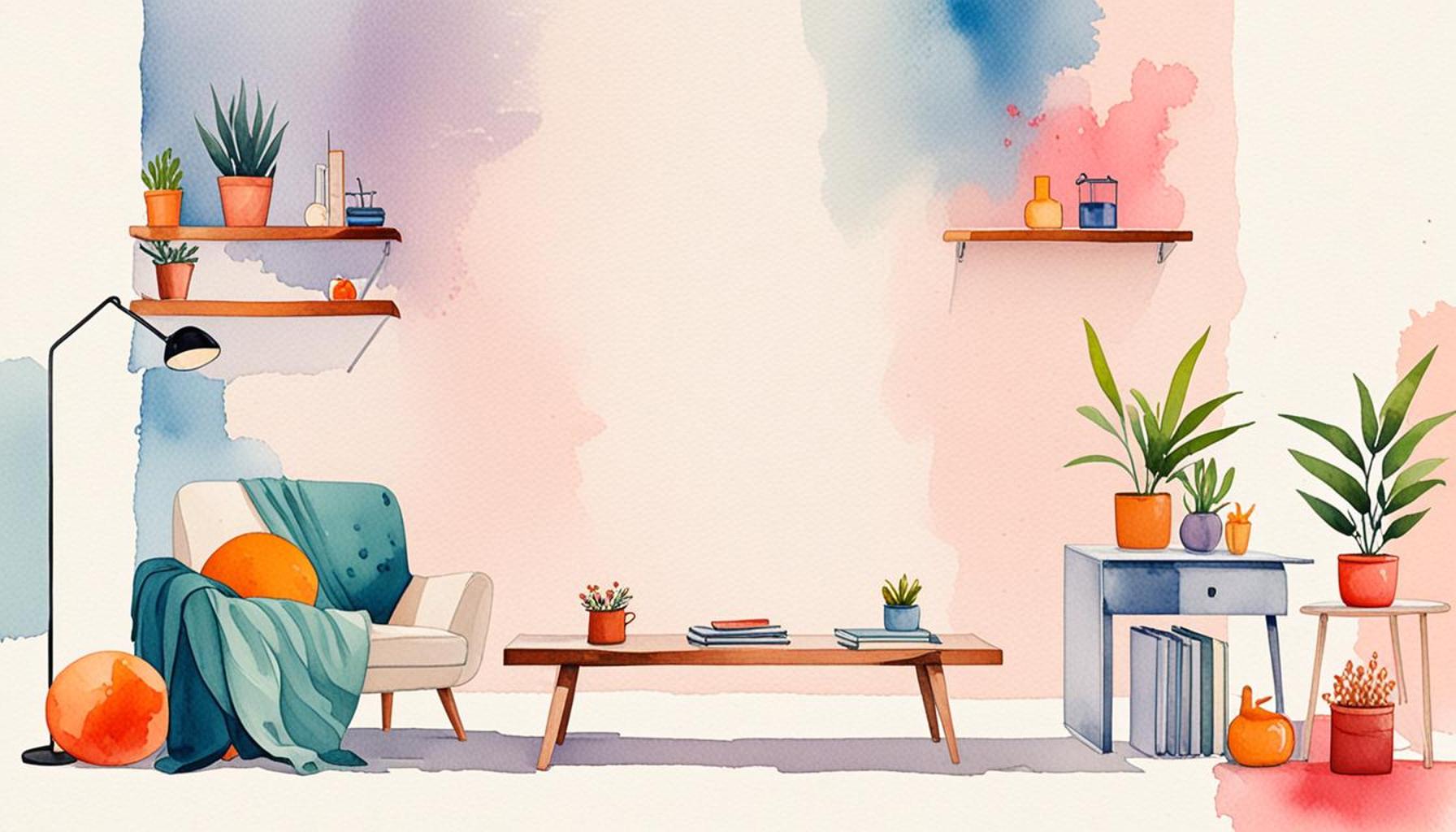How intentional design can transform personal organization and increase productivity

Unlocking the Power of Intentional Design
In today’s fast-paced world, personal organization can often feel overwhelming. With endless tasks and responsibilities, many individuals struggle to maintain focus and achieve their goals. However, intentional design can be a game-changer, transforming how we approach our daily lives and tasks. By applying careful design principles to our environments, we can significantly enhance both productivity and well-being.
Understanding the principles of intentional design is crucial for harnessing its benefits. This method emphasizes thoughtful layout and systematic organization, where every decision made has a purpose and aligns with the desired outcome. Here are some key features that can redefine your work and living spaces:
- Clarity: Clear spaces reduce distractions, fostering a more conducive environment for work. For instance, a cluttered desk can lead to a cluttered mind, making it challenging to concentrate. Adopting minimalistic approaches, such as keeping only essential items on your desk, can promote focus and clarity.
- Accessibility: Design that prioritizes essential items helps individuals access what they need quickly. Implementing storage solutions that consider frequency of use—like placing everyday items within arm’s reach—can save time and reduce frustration, enhancing overall efficiency.
- Aesthetics: Visually appealing spaces can enhance motivation and creativity. Research indicates that well-designed environments elicit positive emotional responses, which can inspire greater creativity and productivity. Personal touches, such as artwork or greenery, can contribute to a more inviting and stimulating atmosphere.
- Functionality: Every element has a purpose, streamlining processes and choices. For example, an organized digital workspace with folders and tabs structured logically can facilitate quicker decision-making. Intentional design pushes for the elimination of unnecessary choices, allowing individuals to focus on what truly matters.
Implementing small, intentional changes can lead to significant improvements in personal efficiency. Transforming your workspace doesn’t have to be a daunting task. Start with simple moves like color-coding documents or utilizing labels for storage boxes, making it easier to find what you need at a glance. More comprehensive approaches could involve redesigning an entire office layout or rethinking time management strategies, integrating technology in a way that suits your workflow.
As we delve deeper into this transformative approach, you’ll uncover innovative strategies that not only elevate your organizational skills but also cultivate a more fulfilling daily experience. Discovering how intentional design can enhance your physical space opens avenues for mental clarity and productivity, paving the way for individuals to live more efficiently and purposefully in a rapidly changing world.
DON’T MISS OUT: Click here to uncover essential strategies

Reimagining Spaces for Greater Efficiency
To grasp the full potential of intentional design, it’s essential to appreciate how our environments directly influence our behaviors and productivity levels. Every workspace, whether at home or in an office, can be redesigned to support our innate tendencies towards organization and efficiency, ultimately impacting our output. Understanding the interplay between physical spaces and personal productivity helps illuminate the path to enhanced organization.
Creating a Cohesive Environment involves making strategic choices that foster harmony within your workspace. The colors, textures, and organization of items in your surroundings can have profound effects on your mood and productivity. For example, studies show that natural light not only enhances focus but also improves overall well-being. Organizations like Microsoft have recognized this and incorporated large windows and open layouts in their design, showing a commitment to nurturing an inspiring work environment. By emulating such principles at home or in small office setups, individuals can create spaces that energize and motivate.
Additionally, zoning—a practice where different areas are intentionally designed for specific tasks—can greatly enhance productivity. For instance, designating a corner of your living room for quiet work and another area for relaxation can mentally prepare you for varied activities throughout your day. This clear separation of spaces cues the brain to adapt to the intended mindset, drastically reducing cognitive load.
Key Elements of Effective Intentional Design
Utilizing the following elements can elevate your organization and productivity:
- Color Psychology: Color can evoke certain feelings. For instance, blue promotes calmness, making it ideal for spaces where focus is necessary, while green can boost creativity. Integrating colors thoughtfully into your workspaces can reinforce desired behaviors.
- Ergonomics: Comfort and accessibility are paramount. Adjustable desks, comfortable chairs, and strategic placement of equipment can prevent fatigue and improve workflow efficiency. For example, a standing desk can switch your posture and provide a refreshing change during long working hours.
- Digital Clutter Management: As important as physical spaces is the organization of digital environments. Organizing files into clear, logical folder structures can streamline workflows, allowing for quicker transitions between tasks. Tools like task management software can offer visual representations of your plans, aiding in both clarity and organization.
- Environmentally Friendly Choices: Incorporating sustainable materials or plants into your workspace can have psychological benefits. The presence of greenery has been shown to reduce stress and promote creative thinking, making your workspace not only more productive but also healthier.
Incorporating intentional design into your life doesn’t merely enhance productivity; it breathes new life into the mundane, transforming your approach to daily tasks and responsibilities. As we move forward, understanding these key elements paves the way to practical applications that can significantly enrich both your organizational prowess and overall productivity, creating a fulfilling synergy between your environment and daily activities.
| Advantages of Intentional Design | Impact on Productivity |
|---|---|
| Enhanced Clarity | Intentional design creates a clear flow, aiding quick decision-making and reducing confusion. |
| Reduced Clutter | Organized spaces lead to less distraction, enhancing focus on essential tasks. |
| Personal Customization | Intentional design can be tailored to individual workflow, maximizing efficiency. |
| Motivational Environment | Aesthetically pleasing designs boost morale and encourage sustained productivity. |
Intentional design plays a crucial role in bolstering personal organization and productivity. One utmost advantage is enhanced clarity; when your workspace is thoughtfully organized, clutter diminishes, allowing for swift, informed decisions. This leads to a significant reduction in cognitive load, as individuals can operate with focused intent rather than muddled thoughts.Moreover, reduced clutter is vital in combating distractions. An intentional approach to design systematically prioritizes what is essential, empowering you to hone in on your tasks without the constant pull of chaos surrounding you. Additionally, the benefit of personal customization ensures that the design aligns with individual work habits, fostering natural rhythms of getting work done.Creating a motivating environment through intentional design can also elevate an individual’s mood, cultivating a sense of purpose and enthusiasm that translates seamlessly into productivity. Each design element serves not just an aesthetic purpose but is a functional pillar supporting enhanced output. As productivity becomes increasingly crucial in modern workplaces, intentional design emerges as a transformative strategy worth prioritizing.
DISCOVER MORE: Click here to learn about enhancing your focus
Harnessing Technology and Tools for Intentional Design
In our fast-paced world, where technology permeates every aspect of life, intentional design must also encompass the digital landscape. From project management applications to smart home devices, leveraging technology can enhance personal organization and significantly boost productivity. Understanding how to integrate these tools effectively is vital for maximizing their benefits.
Productivity Apps have revolutionized the way individuals manage their tasks and projects. Applications like Trello, Asana, and Todoist offer customizable interfaces that allow users to create visual boards or to-do lists tailored to their specific needs. With features such as deadlines, reminders, and priority settings, these apps encourage users to stay organized and focused on their objectives. Research indicates that visual components can improve information retention by up to 65%, reinforcing the value of employing these intentional design elements in productivity tools.
Furthermore, the use of calendar tools such as Google Calendar or Microsoft Outlook is essential for effective time management. These platforms allow for easy scheduling, reminders, and even shared calendars, making coordination with colleagues or family members seamless. By setting aside dedicated time blocks for specific tasks, individuals can create a structured routine that facilitates deep work, reducing the chances of burnout and enhancing overall productivity.
Creating Boundaries with Technology
While technology can significantly bolster organization, it also comes with potential distractions. Establishing clear boundaries is crucial for maintaining focus and harnessing the full potential of intentional design.
- Focus Modes: Features such as “Do Not Disturb” or “Focus Mode” on smartphones and laptops allow users to silence notifications and limit distractions during critical work periods. Enabling these features can preserve mental energy, allowing individuals to dive deeply into their tasks without interruption.
- Pomodoro Technique: This time management method involves working in short, focused bursts of 25 minutes, followed by a 5-minute break. There are numerous apps designed specifically to assist in this technique. By structuring work periods intentionally, individuals can optimize productivity while avoiding fatigue.
- Digital Decluttering: Regularly organizing and decluttering digital spaces can prevent overwhelm. Archiving old emails, untangling file hierarchies, and unsubscribing from unnecessary newsletters can streamline digital workflows while improving focus. A recent study found that digital clutter can lead to a decrease in productivity by as much as 40%.
Embracing smart technology can also enhance organization and productivity. Devices like smart speakers or workplace assistants enable users to set reminders, control their environment, and even schedule appointments through voice commands. This hands-free approach can free up mental bandwidth, allowing for greater focus on pressing tasks. For example, Amazon Echo and Google Home can integrate with productivity apps to provide seamless task management solutions.
By implementing intentional design principles into both physical and digital realms, individuals can cultivate a workspace conducive to productivity. The integration of modern technology serves as a powerful tool to enhance organization and transform the way we work, ensuring that we not only achieve our goals but thrive in the process.
DISCOVER MORE: Click here to learn how minimalism fosters sustainability
Conclusion
In a world where the lines between work and personal life blur, intentional design emerges as a beacon for those seeking clarity, efficiency, and heightened productivity. By thoughtfully curating our environments—both physical and digital—we can dramatically reshape our organizational strategies. As detailed throughout this article, embracing tools like productivity apps and calendar systems allows individuals to manage their time with precision, promoting not only task completion but a greater sense of control and satisfaction.
Moreover, establishing boundaries with technology is essential. The allure of constant notifications can easily derail focus; thus, practices like enabling “Do Not Disturb” modes or employing time management techniques such as the Pomodoro Technique are invaluable. These strategies not only safeguard our attention but also encourage intentional breaks, facilitating sustained productivity without burnout.
As we delve deeper into the realm of smart technology, the potential for optimization expands. Integrating innovative devices into our workflows provides an opportunity to automate mundane tasks, freeing up mental space for deeper concentration on what truly matters. The fusion of intentional design with advanced technology does not merely enable increased task management; it fosters a mindset shift towards sustainable productivity.
Ultimately, the transformative power of intentional design lies in its ability to empower individuals to take control of their organizational systems and foster a culture of productivity. As we navigate the complexities of modern life, embracing this approach offers a pathway not only to achieving our goals but enabling us to thrive in an ever-evolving landscape. Taking the first step in this journey could be the key to unlocking our fullest potential.


